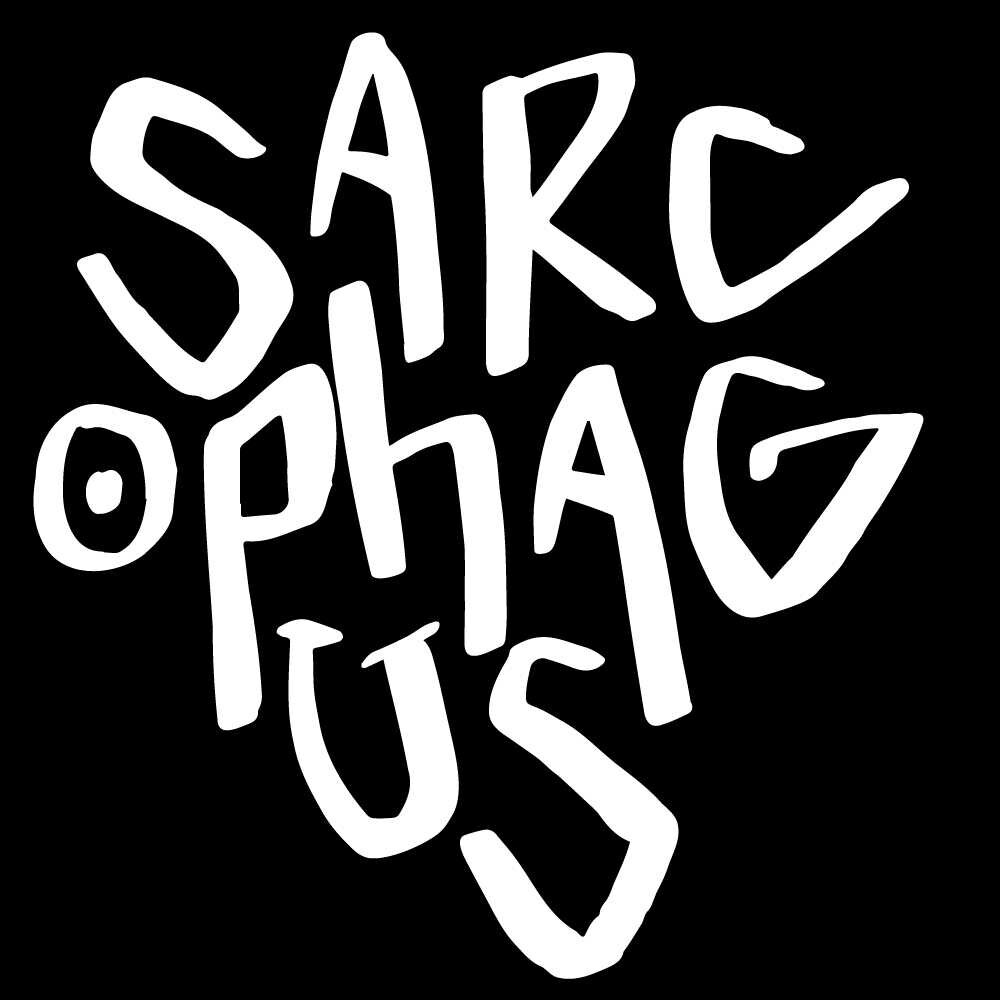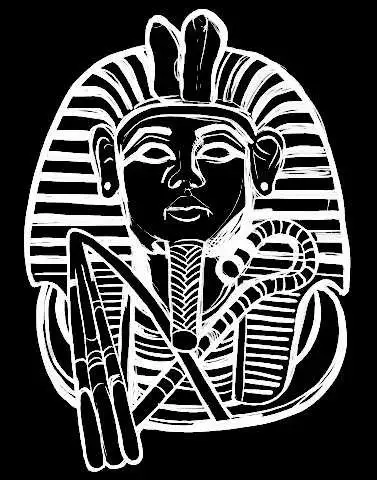INTRODUCING SARCOPHAGUS

Wallets are used to exchange and store cryptocurrency, but not the leather variety. Depending on your needs, crypto wallets can be digital and handled via an app or website, or physical and managed via a flash drive. Traditional investment accounts, such as owning real estate, stocks, and bonds, are not the same as crypto accounts. They’re more prone to security risks, and you can’t specify a beneficiary in most cases. For example, if you keep your crypto in a cold wallet (on a physical device) at home and only a few friends know your key (a sort of password that grants access to a crypto wallet), one of those “friends” could walk into your house and steal your crypto just as easily as they could steal your great-diamond grandmother’s earrings. Users with a little portfolio will find it strange and needless to set up their wallet such that their heirs acquire whatever is left after they pass away. However, a little portfolio or a reckless $100 investment may quickly grow to a considerable percentage of your overall capital. I don’t wish to be a downer, but You Only Live Once — therefore prepare a plan for your cryptocurrency in case you pass away. If you don’t share your keys with anyone, your crypto will be gone forever if you die. Like such, just as you would with any other precious asset, it is critical to learn how to properly keep your crypto and convey your preferences to your loved ones.
Sarcophagus is a dead man’s switch (DMS) — an autonomous, fully decentralized application (dApp) that is under the control of a Decentralized Autonomous Organization (DAO); Aragon, built on Ethereum and Arweave that is designed to be decrypted or encrypted if the user becomes incapacitated, such as through death, loss of consciousness, or physical removal from control.
The term sarcophagus originates from the Greek words sarx, which means “flesh”, and phagein, which means “to eat.” As a result, sarcophagus means “flesh-eating”, as in lithos sarkophagos, “flesh-eating stone.” The “corpse” inside the tomb is the payload data, which can be any file format. As long as the resurrection time has elapsed and the user has both the Arweave location and the Recipient key, this file will be available for download.
A DAO works in a way where no single entity has ultimate influence over what occurs in the community, and every community member who has a stake in the community has a vote in her governance, thanks to a smart contract backed and enforced by the blockchain. Sarcophagus uses the Aragon DAO client for governance processes, which hosts a voting app where SARCO token holders may vote on choices before they are implemented. As Sarcophagus continues to expand, no excesses are entertained, and the possibility of any malevolent acts is addressed. We presently store all of our data on the Arweave network. When compared to other forms of decentralized file storage, Arweave’s endowment-based payment system is a perfect match with sarcophagus’ aim and scope.
Data is saved or encrypted using a second layer of encryption by default when using sarcophagus. This is to guarantee that security is two-way. The data or information is initially wrapped in an inner encryption layer and sealed with the recipient’s or beneficiary’s public key within the tomb. This layer is only accessible to the recipient; not even the Embalmer or Archaeologist may access it. The outer encryption layer comes after the inner layer. Only the Archaeologist has access to this layer, which is sealed and secured by the Archeologist’s public key. This two-way encryption guarantees that the data in the tomb remains secure even if one party is compromised. This means that the data can only be retrieved if both the receiver and the Archaeologist agree, which will be impossible because only the Embalmer has the ability to resuscitate a body (data) or lift the curse. An Archaeologist’s curse is a contract with an Embalmer that locks away a portion of the Archaeologist’s posted bond. The sum of the digging fee and the bounty multiplied by the reserve requirement is the portion that is locked until re-wrapping or resurrection. The following are the best explanations for these processes:
MUMMIFICATION
This is the process of wrapping the body (data payload) — the Embalmer is in charge of this (creator). Once a body has been mummified by the Embalmer and the contract has been fulfilled, it is housed in a sarcophagus on Arweave for all eternity. Once an Embalmer has cursed an Archaeologist and all of the Archaeologist’s public minimum requirements have been surpassed, the only option for the Archaeologist to reclaim the cursed portion of their bond is to execute their tasks as stipulated in the curse contract. The Embalmer will encrypt the exterior layer of the sarcophagus with the Archaeologist’s public key in the final stage of this phase.
RE-WRAPPING PHASE
The Embalmer re-wraps the tomb by submitting a transaction through the contract with a new resurrection time when they wish to attest to their life. Only the Embalmer may re-wrap a sarcophagus. Resurrection times can be adjusted to any period in the future, and can be lowered or raised from the previous value. As long as the resurrection period hasn’t gone, the Embalmer can also boost or decrease the bounty at this moment. Digging costs for the prior time are likewise freed from the curse contract and paid to the Archaeologist at each re-wrapping. The Embalmer now has to pay the Archaeologist additional digging costs to compensate for the illiquidity of the bond that was cursed and locked on their behalf.
RESURRECTION PHASE

The Archaeologist may now decode the outer layer of the sarcophagus and get the reward if the Embalmer fails to re-wrap it. The Archaeologist (or anybody else) will not be able to decode the corpse, since the inner layer is still completely encrypted with the Recipient’s public key. The Archaeologist’s labour is finished after the outer layer has been unwrapped and the treasure claimed. (At this moment, the Archaeologist receives his or her digging fees.)
DELETING A SARCOPHAGUS
A sarcophagus can never be destroyed once it has been built; it can only be kept away for all time. Because of the nature of the Arweave network, all files reside on-chain in their original form indefinitely. Using the built-in Archaeologist incentive mechanisms is the only method to assure that a tomb is never opened. Any sarcophagi that are unwrapped before the time of the resurrection will still be recorded in the Archaeologist’s public statistics. While there is no financial penalty for reviving a “buried” sarcophagus, it will have a significant negative impact on the Archaeologist’s performance and trust indicators.
$SARCO TOKEN
The ERC20 SARCO token is the network’s principal medium of exchange, and it’s used in two ways: — by the Embalmer to curse an Archaeologist (pay for their services); — by the Archaeologist to deposit their bond. The token reflects the cost of a sarcophagus’s maintenance by an archaeologist. In terms of SARCO, the Archaeologist will declare their minimal digging fees and bounty.
Furthermore, one of the (three) key utility of the SARCO token is governance, which implies that every $SARCO holder can cast a vote using the Aragon DAO client. The point is that anybody who has a SARCO token has some power over the community and the decisions that are made there, and the more tokens a user owns, the more influence he or she has over what happens in the community.
SARCO tokens must be posted as a bond by all archaeologists. They must post an amount equal to the total of the excavating fees and bounty for each tomb, multiplied by the reserve requirement. In SARCO, the reserve need is computed by dividing the amount of malicious volume by the overall network volume. The relative price of SARCO will be affected by any changes in the fundamental value of the tokens spent throughout the Archaeologists’ activities. This foundation of value accretion in the SARCO token allows archaeologists to improve their operations not only by avoiding fines, but also by adopting innovative tactics in their SARCO treasury management and needed fee token wallet management.
